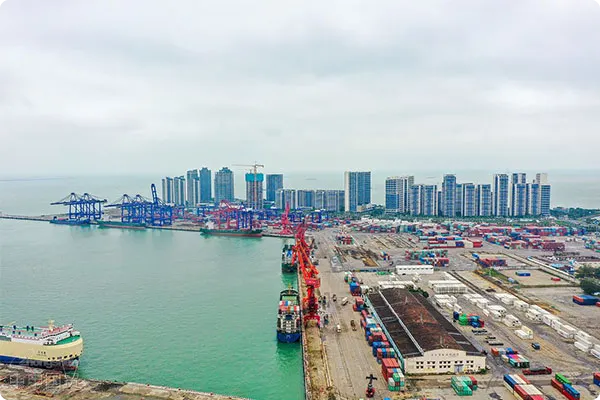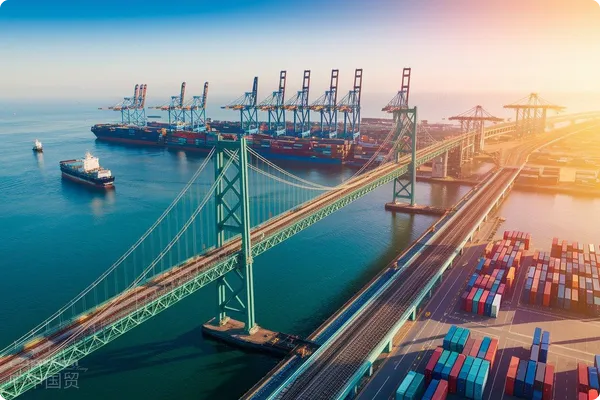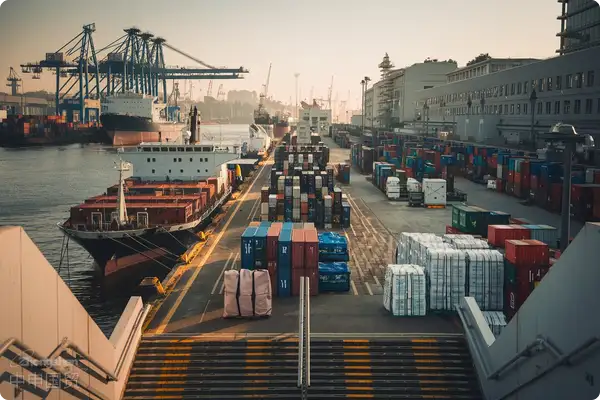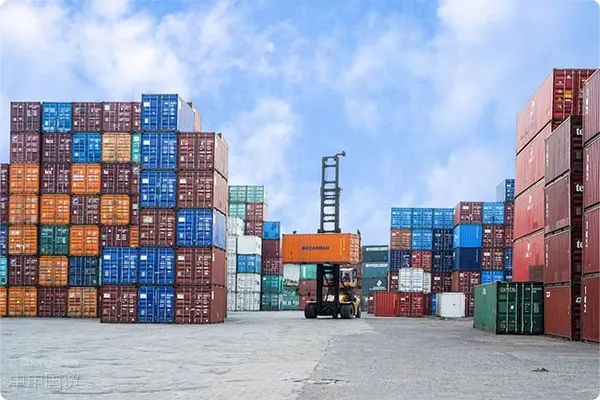- Shanghai Zhongshen International Trade Co., Ltd. - Two decades of trade agency expertise.
- Service Hotline: 139 1787 2118
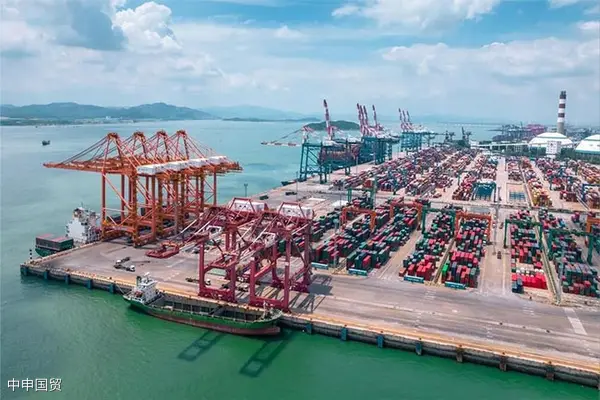
When companies seek agencyExport DrawbackIn services, the fee structure is a critical factor. This standard is influenced by multiple factors including service scope, enterprise export volume, and complexity of tax rebate procedures. Understanding the composition and influencing factors of export tax rebate agency fees helps businesses make balanced choices between cost and service quality, ensuring compliance in obtaining export tax rebates while maximizing economic benefits.
I. Key Components of Export Tax Rebate Agency Fee Standards
Basic service fees This is the core charging part of the export tax rebate agency service. It covers the basic labor costs invested by the agency in handling export tax rebate business for enterprises, including the salary expenses of professionals who are familiar with export tax rebate policies and regulations. These personnel need to sort out, review, and analyze various documents provided by enterprises, such as customs declaration forms, VAT invoices, and export contracts. In addition, the basic service fees also include the costs generated by the agency for tax rebate declaration, communication and coordination with the tax department, and other routine operations.
Export tax rebate agency services typically include a series of basic tasks such as customs declaration processing, and compilation and review of tax rebate documents. Agencies charge certain fees for these basic services. This portion of fees is relatively fixed, covering the agencys operational costs and basic profits. For example, some agencies set a basic service package price based on service types, covering costs from receiving enterprise export-related materials to preliminary review of tax rebate eligibility.
Percentage-based fee on export volume
Export volume is a significant factor affecting export tax rebate agency fees. Many agencies charge fees based on a percentage of the enterprises export volume. This is because export volume reflects the workload and risk level of agency work to some extent. Generally, higher export volumes may lead to higher tax rebate amounts, along with increased document quantities and review complexity. For example, small export enterprises with relatively low export volumes may be charged 1% - 3%, while large export enterprises with massive export volumes and complex operations may see reduced rates of 0.5% - 1.5%, though the actual fees remain substantial due to the large base.
Additional Service Fees
In addition to basic services and export volume-based fees, enterprises requiring special additional services will incur extra charges. These additional services include expedited tax rebate applications, assistance with complex customs or tax issues, etc. For instance, if an enterprise requests expedited tax rebate processing due to cash flow needs, the agency may add an expedited fee on top of regular charges, determined by urgency level, either as a percentage of the rebate amount or a fixed fee.
Factors Influencing Export Tax Rebate Agency Fee Standards
Enterprise type and scale
Different types and scales of enterprises face varying export tax rebate agency fee standards. Large enterprises with substantial business volumes and standardized processes may receive preferential rates with relatively lower fee percentages. Small and medium-sized enterprises, with smaller business volumes and potential irregularities, require more agency manpower and effort for guidance and review, resulting in slightly higher fees. For example, a largeforeign tradegroup, with its robust financial system and mature export processes, has stronger bargaining power when negotiating with agencies, potentially securing more favorable fee standards. Conversely, a small enterprise new to exports, lacking experience, may require more agency assistance in document organization and process standardization, leading to relatively higher fees.
Complexity of tax rebate
Tax rebate complexity significantly impacts fee standards. If an enterprise exports products from special industries, such as high-tech products facing strict customs oversight and complex tax policies, this increases the difficulty of agency tax rebate work. Or if export business involves multiple countries and regions, policy differences across regions add complexity to tax rebate processes. In such cases, agencies charge higher fees to compensate for additional workload and risks. For example, enterprises exporting medical equipment face strict regulations involving product certification, quality inspections, and other rebate-related steps, requiring agencies to spend more time and effort ensuring smooth rebates, naturally leading to higher fee standards.
Enterprise Scale and Business Volume
Market competition in export tax rebate agencies also affects fee standards. In highly competitive markets, agencies may lower fees or offer more value-added services to attract clients. For example, in some foreign trade-developed regions with numerous agencies, some may introduce price discounts or provide free trade policy consultations and export training as added value. In less competitive regions, agencies may maintain higher fee standards.
Conclusion
Export tax rebate agency fee standards result from multiple integrated factors. When selecting agencies, enterprises should not focus solely on fees but also consider service quality, agency expertise, and value-added services offered. Meanwhile, agencies should reasonably set fee standards based on market conditions and their own costs to achieve win-win outcomes for both parties, fostering mutual growth in international trade.
Related Recommendations
? 2025. All Rights Reserved. 滬ICP備2023007705號-2  PSB Record: Shanghai No.31011502009912
PSB Record: Shanghai No.31011502009912
